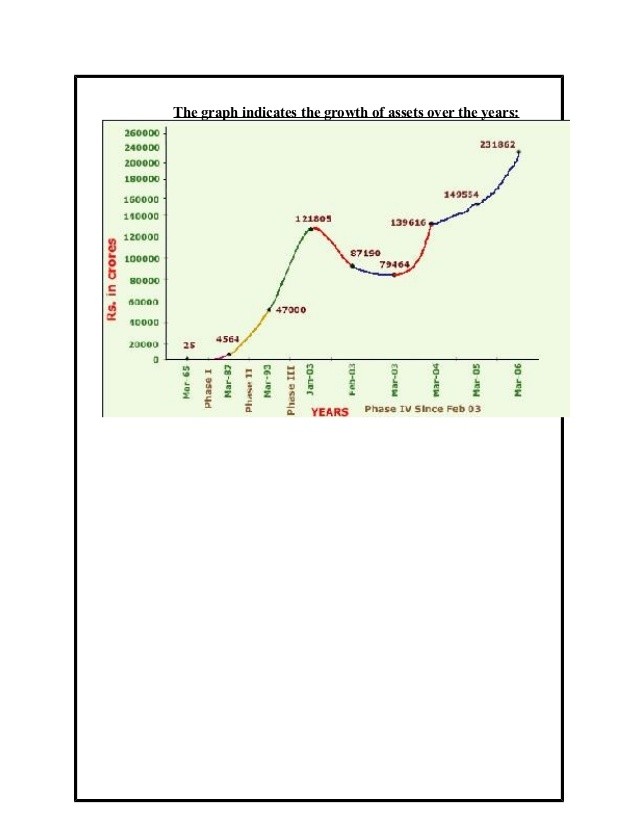Mutual Funds Don t Ignore Asset Bloat!
Post on: 20 Июнь, 2015 No Comment

Recent Posts:
Dont Ignore Mutual Fund Asset Bloat
Size matters but in the world of mutual funds, smaller is often better. Its easier to obtain higher returns with lower assets to manage, and even Warren Buffett once said, It’s a huge structural advantage not to have a lot of money. I think I could make you 50% a year on $1 million. No, I know I could. I guarantee that.
Equal and opposite, it can be a disadvantage to have too much money.
And this underscores the money management malady known as mutual fund asset bloat.
Did Asset Bloat Kill Peter Lynchs Magellan Fund?
Have you ever noticed how the returns for stock funds tend to shrink lower and lower as the assets under management go higher and higher? If not, consider the rise and fall one of the most famous mutual funds of all time Fidelity Magellan (FMAGX ), which was managed by one of the best-known money managers in history, Peter Lynch.
When Mr. Lynch took the helm of the Magellan fund in 1977, he inherited $18 million in assets under management. This not a tiny portfolio by any means, but it is small in the world of mutual funds. Lynch was known for his savvy stock selection, which grew existing assets while attracting more from new investors flocking to his Magellan fund.
By the time he left the fund in 1990, he had grown the assets to $13 billion thats 722 times larger than the size he inherited!
Since Lynchs exit in 1990, Magellan would go on to surpass $50 billion in assets, but would never match the returns of its glory days with Magellans smaller size. To give you an idea of post-Lynch performance, the 15-year annualized return is 3%, compared to 4.7% for the S&P 500.
Could Peter Lynch have done a better job in the past 15 years? Actually, as good as he was, Lynch probably couldnt have done much better, considering the astronomical size of the fund.
He was smart to leave when he did.
Why Bigger Is Not Always Better With Mutual Funds
Imagine a small motorboat. It moves faster and can navigate the water terrain more nimbly than a much larger vessel, such as a cruise ship. In essence, and ideally, actively managed funds are small motorboats, and index funds are cruise ships.
When actively managed funds attract too much money, they have to get bigger to accommodate those assets. If they get too big, they start to perform like an index fund (or worse).
As the assets grow larger, eventually the higher expenses of the actively managed fund make it underperform its benchmark index and the manager fails at his or her primary objective to show value.
Voila you have asset bloat.
When Size Matters (and When It Doesnt)
Size matters more with mutual funds of smaller capitalization. This is because owning too much of a single company can reduce liquidity and negatively influence the share price when you want to sell. For this reason, active fund managers will add more holdings to the portfolio as the assets under management grow larger.
But if the assets grow too large, the manager can be forced to buy higher-capitalization stocks, which can cause style drift now, for instance, your small-cap fund could become a mid-cap fund. Bad move!

For example, the average assets under management for small-cap funds is roughly $300 million, whereas the the average AUM for large-cap funds is over $1 billion. This is for a good reason. If youre a fund manager and you want to put $10 million to work, you cant just go out and buy $10 million in shares of a company only worth $100 million. You would own 10% of the company, youre on the board of directors, and you cant just liquidate your position without moving the share price downward.
Therefore, in summary, size matters most with all actively managed funds, but smaller definitely is better as the market cap gets smaller.
Size doesnt matter at all with index funds.
How to Protect Against Asset Bloat
The primary reason fund managers close actively managed funds to new investors is to prevent asset bloat. Therefore, if you own shares of a mutual fund, and it closes to new investors, this is generally a sign of good stewardship and a fiduciary mind-set on the part of the fund manager.
But before buying shares of a new mutual fund, analyze the total AUM and compare that number to the average for its respective category. Heres a good guideline for AUM:
- Small-cap funds: AUM of $350 million or less
- Mid-cap funds: AUM of $351 million to $700 million
- Large-cap funds: AUM of $701 million to $1.2 billion
Keep in mind that these are ideals, but not absolutely crucial for protecting against mutual fund asset bloat.
Just remember: Warren Buffett can guarantee higher returns with less money to manage, and Peter Lynch did his best with below-average assets under management.
As of this writing, Kent Thune did not hold a position in any of the aforementioned securities. Under no circumstances does this information represent a recommendation to buy or sell securities.
investorplace.com/2014/08/mutual-funds-asset-bloat/.














